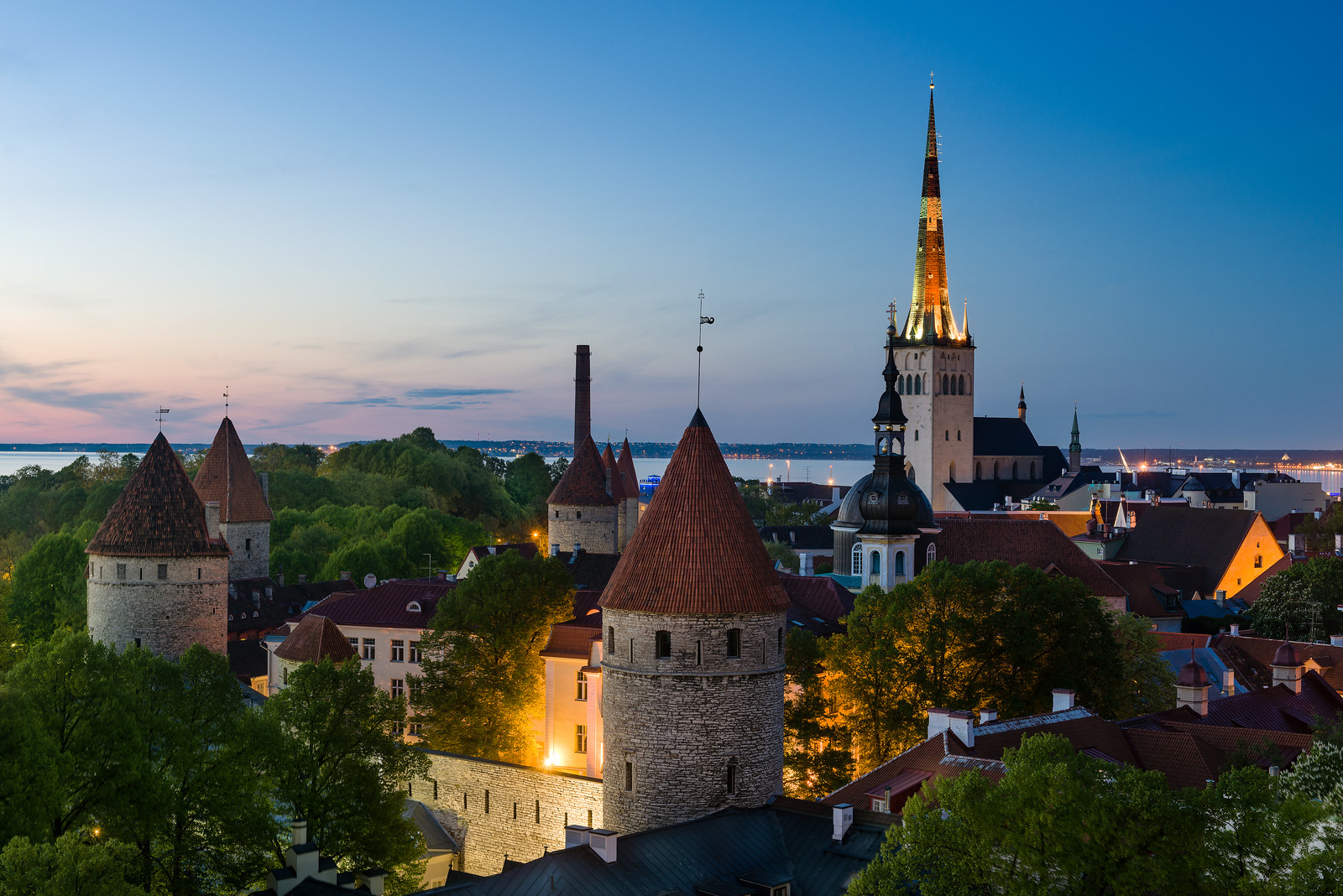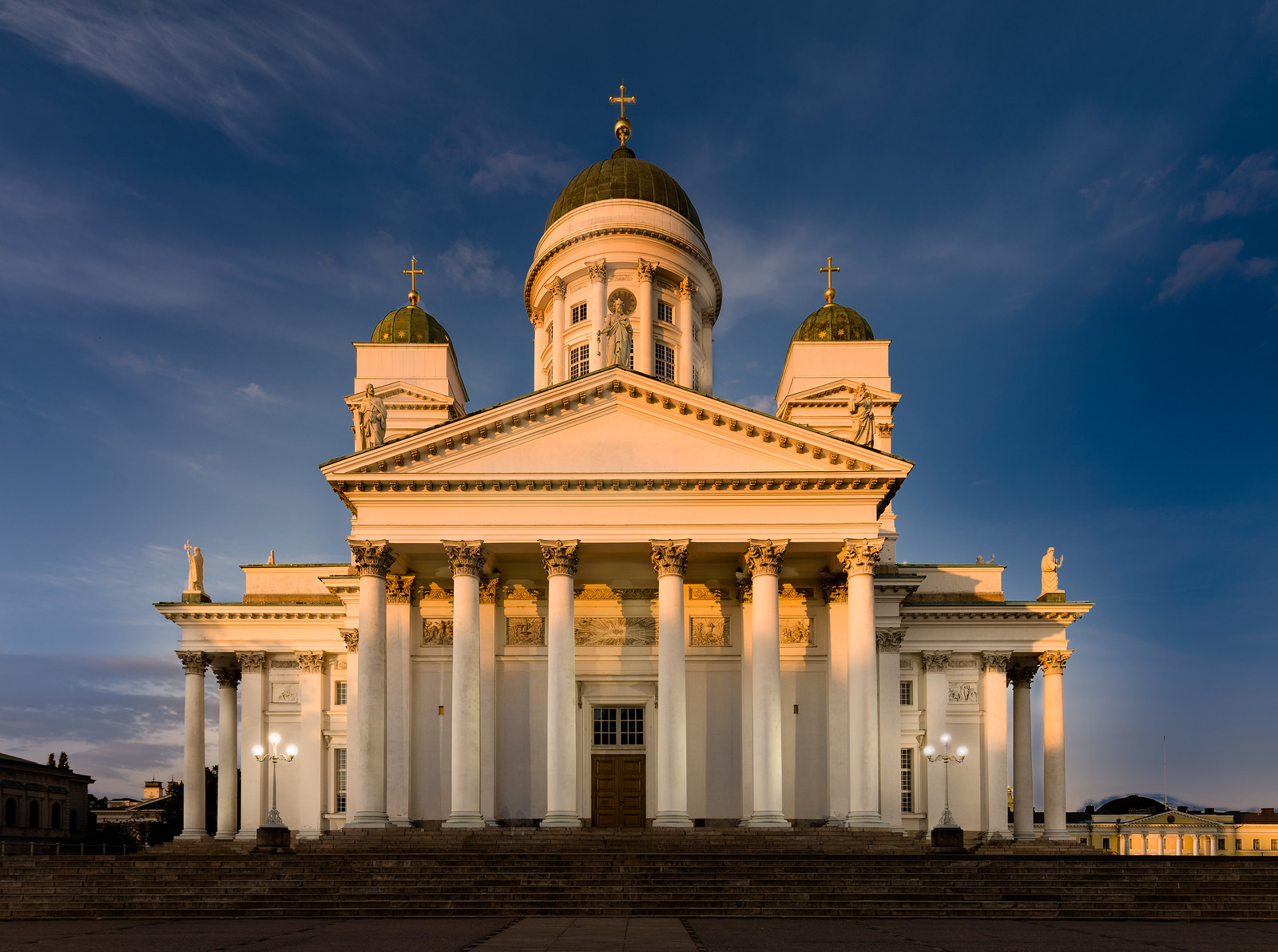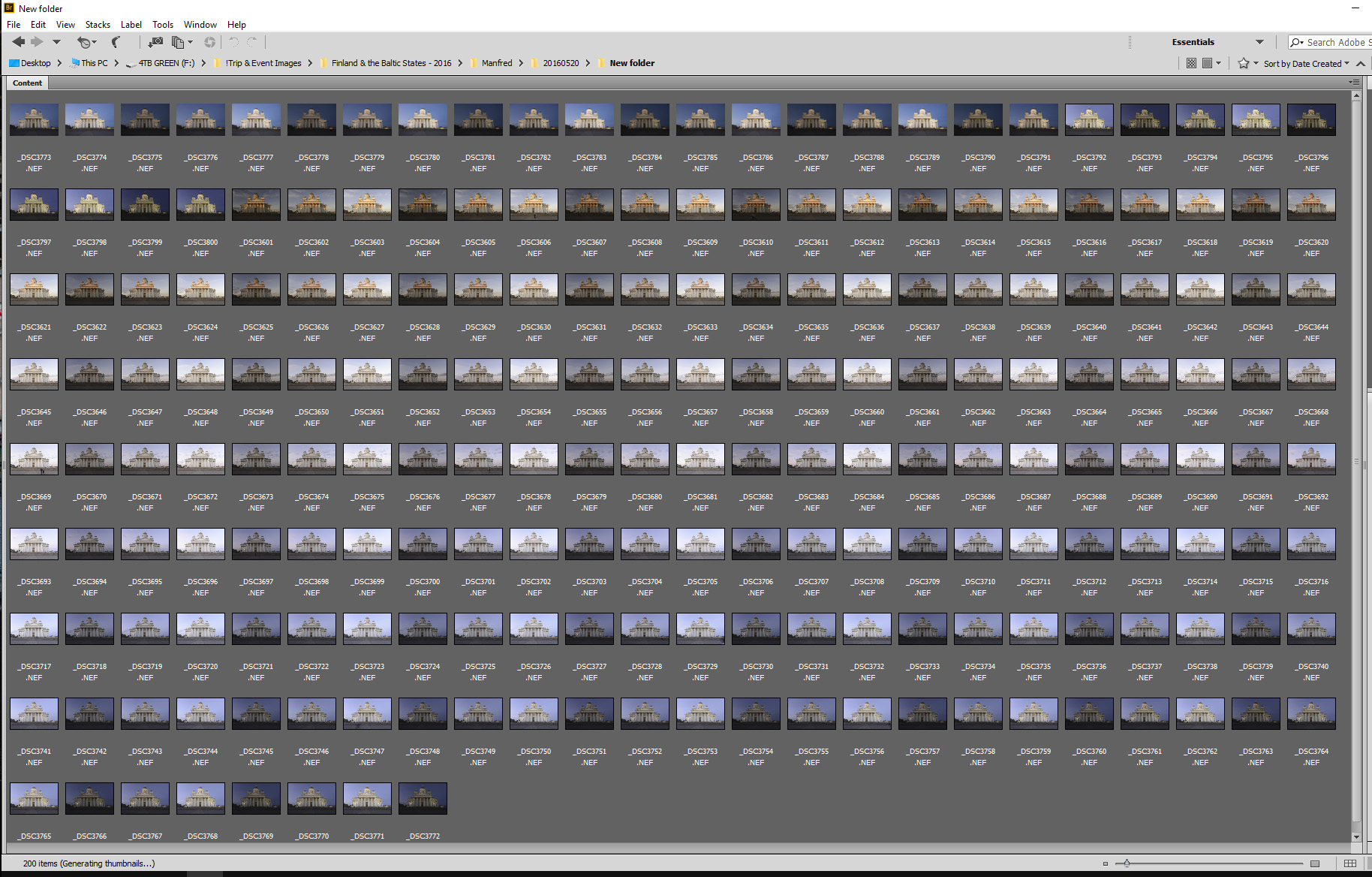That my skills approached this...http://www.elialocardi.com/
Results 1 to 14 of 14
Thread: I wish
-
14th November 2016, 02:12 PM #1

- Join Date
- May 2011
- Location
- SE Michigan
- Posts
- 4,511
- Real Name
- wm c boyer
I wish
-
14th November 2016, 02:41 PM #2
-
14th November 2016, 02:42 PM #3

- Join Date
- Jun 2013
- Location
- North West of England
- Posts
- 7,178
- Real Name
- John
Re: I wish
Seen some of his work before. Some of his cityscapes are stunning.
-
14th November 2016, 02:45 PM #4
Re: I wish
Elia is one of my favourite modern landscape photographers and his technique that he refers to as "blending moments in time" is extremely time consuming in both the capture process as well as in the post-processing work.
He captures a number of images from blue hour to golden hour (morning or evening) of the subject and then hand-blends several of them in Photoshop. This effectively means he spends several hours in the field shooting to create a single image. One small mistake (like nudging the tripod or Mother Nature playing tricks) can ruin a whole day's work. It takes quite a bit of work in Photoshop to build the image later on.
I find that his shot of the Tiger's Nest Monastery (in Bhutan) on his landing page is just amazing. It's a 2km / 1.4 mile hike to get there. That doesn't sound too bad, but it the trail rises 900m / 2500ft over that distance, and it is a very rough trail. Did I mention that it is at an altitude of over 3100m / 10,000 ft? It's certainly one of the hardest I had to work to get an image when I was there. I asked Elia where he spent the night, after taking the shots and he told me that he headed back down in the dark. Now that is dedication!
I've started to use his techniques in some of my landscape work. This shot I did in Tallinn, Estonia uses the "blending moments in time" technique. The image capture process took almost 2 hours.

Last edited by Manfred M; 15th November 2016 at 12:21 AM.
-
14th November 2016, 03:13 PM #5
-
14th November 2016, 07:25 PM #6

- Join Date
- May 2011
- Location
- SE Michigan
- Posts
- 4,511
- Real Name
- wm c boyer
Re: I wish
Manfred, that is a truly superlative image and I thank you for the description.
But, if you can do it on that one image, why not take the time to do it on all images?
-
14th November 2016, 08:54 PM #7
Re: I wish
Mostly it is a lack of time. There are a number of places around town that I want to shoot this way, but I've generally been just to busy to dedicate that much time to a single shot. My success rate is running around 40%, i.e. I've done 5 different scenes this way, but was unable to complete the series due to circumstances that crept up during the shoots. Examples would be that the weather did not cooperate (the clouds disappeared shortly after I arrived on scene) or that there was unexpected activity at the location I was shooting at, etc.
I'm also not purely a landscape photographer, so I have plenty of other things to keep me busy.
This is the only other scene I'm happy with that I shot using this technique. This is the Lutheran Cathedral, in Helsinki, Finland. This one was more complex that the other shot as I had to do some heavy duty perspective corrections on the image due to constraints of the site itself. This was around a 2-hour shoot (just on location) as golden hour and blue hour last a very long time at the end of May at latitudes that far north.

Last edited by Manfred M; 14th November 2016 at 08:59 PM.
-
15th November 2016, 10:35 AM #8
-
15th November 2016, 01:03 PM #9
Re: I wish
Great Images Manfred. Just out of curiosity for Tallinn and Helsinki photos - How many photos did you capture and at what time interval?
For each capture are you exposing for anything specific (highlights, shadows, etc) or the entire scene?
-
15th November 2016, 03:27 PM #10

- Join Date
- May 2011
- Location
- SE Michigan
- Posts
- 4,511
- Real Name
- wm c boyer
Re: I wish
As one that has taken numerous BIF images I've learned that patience is rewarded,
both in the shoot and in PP. It therefore confounds me that "it takes too long" would
be a viable excuse for not coughing out a superior image.
To Izzie...yeah we did.
-
15th November 2016, 03:52 PM #11
Re: I wish
The shots were taken using an intervalometer and I took on shot every minute for a two hour plus period. I also bracketed the shots in a sequence of +1, 0 and -1 exposure compensation (so it took 3 minutes to get one shot at each bracket setting). I did this to give me a bit of latitude to get the highlights and shadow details as I was exposing for the whole scene. The math suggests that I ended up with around 120 shots over the 2 hours of shooting time in Tallinn and I was on site a bit longer in Helsinki and ended up with 200 images.
The ISO (100), white balance (daylight) and aperture (f/11) were fixed and I shot in aperture priority mode using average metering, so while I got fast exposures when I started, I was getting exposures of 10 seconds and longer towards the end. I did not use mirror lockup mode.
This is the whole series of images of the Helsinki Cathedral shoot:

-
16th November 2016, 01:09 AM #12
Re: I wish
The other side of the coin of that argument is that we shouldn't put unnecessary time and effort into an image either, because that is quite wasteful. The Japanese have a term "muda" that we have borrowed into English that means "wastefulness". One of the forms of "muda" that efficiency experts write about is putting more time and effort into something than is necessary. I'm certainly part of the group that believes in this very much, and I don't measure how good something is, based on the length of time someone put into it. For me "it takes too long" is a perfectly good reason for not doing something, if doing so in less time gives you something that is acceptably good. On the other hand, if the time and effort are indeed worth the end result, then something that takes a long time is just fine.
-
16th November 2016, 01:19 AM #13

- Join Date
- May 2012
- Location
- northern Virginia suburb of Washington, DC
- Posts
- 19,064
Re: I wish
Part of determining what is necessary and unnecessary has to do with the likely quality of the final image; if the image isn't going to be great, it's not worth putting a huge amount of time into making it.
I learned that concept decades ago when I wrote a piece of music that had a particularly difficult section in it. I asked one of the performers why they didn't take the time to get it right. He explained that the section was not so great that it merited putting that much time into rehearsing it. Thankfully, I learned that lesson early in life, as it applies to virtually anything.
-
16th November 2016, 02:19 AM #14
Re: I wish
I totally agree Mike.
The other part of the issue is spending a lot of time working on details of an image that no one will ever notice. Retouching the faces of each and every one of 30 faces in a group shot to the level of what one might do on a head shot would also fall into that category.

 Helpful Posts:
Helpful Posts: 
 Reply With Quote
Reply With Quote


